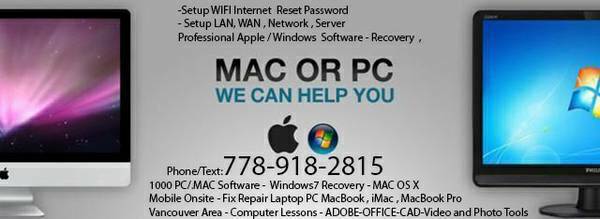
- BEST GRAPHICS CARD FOR MAC PRO VIDEO EDITING DRIVERS
- BEST GRAPHICS CARD FOR MAC PRO VIDEO EDITING PRO
- BEST GRAPHICS CARD FOR MAC PRO VIDEO EDITING SERIES
Whether building a system or configuring and buying one from a company like Apple or Dell, expect to pay in the thousands.Since the early days of 3D graphics in computers way back in the 1990s (that’s basically three centuries ago), there were two major players in the field: Nvidia and ATI. But it does come at a cost, as you can guess. ConclusionĪs you can see, editing and playback of 8K video is intensive, and the right system can handle it well. Dell’s UltraSharp options are at 7680 x 4320 and start at $4,000 and up.
BEST GRAPHICS CARD FOR MAC PRO VIDEO EDITING PRO
Add $2000 for the Apple Afterburner hardware accelerator card (Mac Pro only), and $3000 for AJA’s KONA 5 card.ĨK computer monitors are starting to come to market, and they also cost a pretty penny.
BEST GRAPHICS CARD FOR MAC PRO VIDEO EDITING SERIES
A quality Windows laptop could cost $2,700 and above, while a 16-inch MacBook Pro starts at $2,800, both of which should have a quality graphics card, like the NVIDIA RTX series or AMD Radeon.įor a desktop, it’s within reason to pay $3,000 and higher, Mac or PC, for a system that can handle 8K video (a well-spec’d Mac Pro runs $15,000 without a monitor). It all comes down to pricing and what you can afford that will handle 8K video.

It’s very easy to accumulate that much video when shooting a narrative project, documentary or even multiple short-format videos. You read that right, 50 TB, which will be enough storage for 50 to 80 hours of 8K video, again depending on the frame rate, compression levels, etc. To be on the safe side, it’s advisable to have a RAID system with 50 TB of available space.

Move to 60p, HDR and less compression, and the file sizes will be pushing the envelope even further. In many cases, the resulting files range in size from 10 GB per minute to 20 GB per minute, but that’s if frame rate is set to 24p. The bandwidth of 8K video, regardless of the format, is massive. Editors have been editing 8K video effortlessly in FCP X on the new 16-inch MacBook Pro with an 8-core Intel Core i9, 16 GB of RAM and an AMD Radeon Pro 5500M card with 4 GB of VRAM. However, with the right combination of quality GPU and CPU-and potentially a hardware accelerator card, having a minimum of 16 GB of RAM will suffice, though 64 GB and higher will be better. But with 8K video, technically speaking, a computer would need up to 1.5 TB of RAM to operate properly. The right amount of computer memory is vital to editing any kind of video, and the old adage of more memory equals better performance still holds true. Some editors have reported their CPU and GPU usage dropped considerably when the Afterburner card kicked in and took over processing the 8K footage.ĭo you need one of these cards if the system has a great GPU? Well, time is money, and these cards could be worthy additions if you’re delivering multiple projects on tight deadlines. The Afterburner will take on as much of the work as needed to process 8K video, up to 3 streams of ProRes RAW 8K, and 12 streams of ProRes RAW 4K. AJA’s KONA 5 card and the new Apple Afterburner card, which is available for the new Mac Pro, can significantly help ease the burden of 8K editing and playback. Hardware accelerator cards can help take on even more of a workload from the CPU and GPU.
BEST GRAPHICS CARD FOR MAC PRO VIDEO EDITING DRIVERS
The right combination of hardware and software is key, so check for drivers and firmware updates. By offloading much of the work from the CPU to the GPU, playback of full-resolution 8K video can be obtained without any dropped frames, or very little. The newest NVIDIA RTX series and AMD Radeon graphics cards are designed to take on heavy tasks, such as editing and playback of 8K video. A quality GPU can help offload that work from the CPU, helping to smooth out playback, especially when adding effects and filters to the footage.Ī quality GPU can help offload that work from the CPU, helping to smooth out playback, especially when adding effects and filters to the footage.

The GPU, or Graphics Processing Unit, is going to handle a lot of the heavy workload when editing and playing back 8K video. Ideally, 12-core processors and above would be best, including the latest from Intel-Core i6, i7, i9, Xeon, etc.-and AMD-Ryzen Threadripper, etc. By offloading the high intensity of decoding and debayering 8K to the GPU, it is possible to need a smaller number of processor cores, such as 6 and up. However, without a quality GPU, in many cases, it’ll be all for naught.


 0 kommentar(er)
0 kommentar(er)
